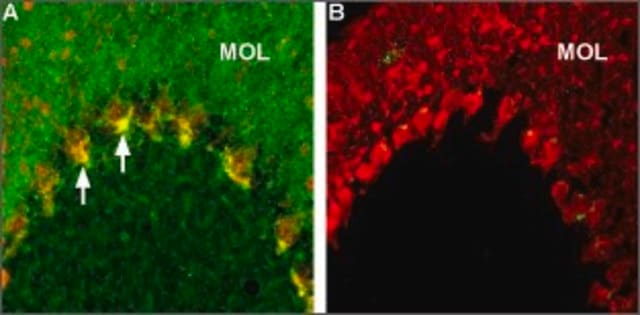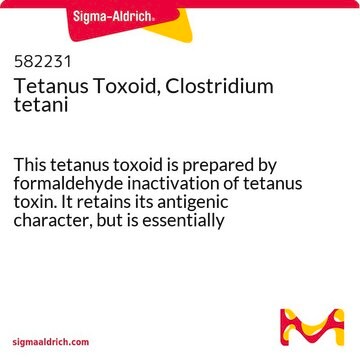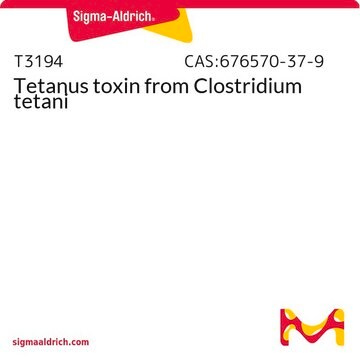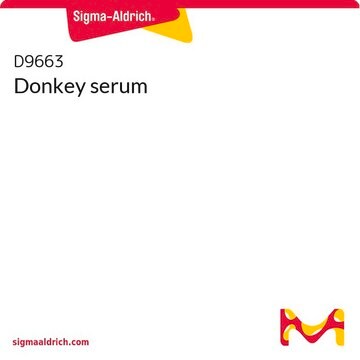Products that are robust in nature and extremely stable, in the original unopened container, are not assigned an expiration date or retest schedule. These products will have no dating reported on either the label or the Certificate of Analysis. This product falls under that category. The specification sheet is available at this link: https://www.sigmaaldrich.com/specification-sheets/872/957/D0564-BULK________SIGMA____.pdf
Products that are not assigned an expiration or retest date are covered by a warranty period of 1 year from the date of product shipment.
Full Product Dating Information may be reviewed at the link below: https://www.sigmaaldrich.com/deepweb/assets/sigmaaldrich/marketing/global/documents/190/408/product-dating-information-ms.pdf


